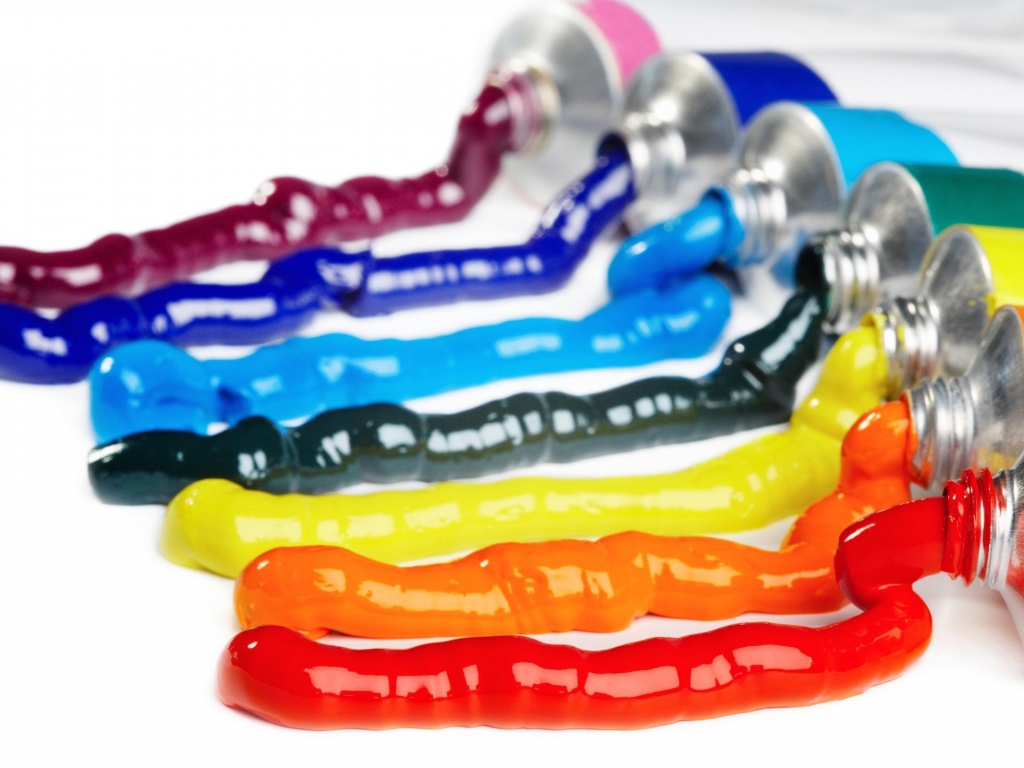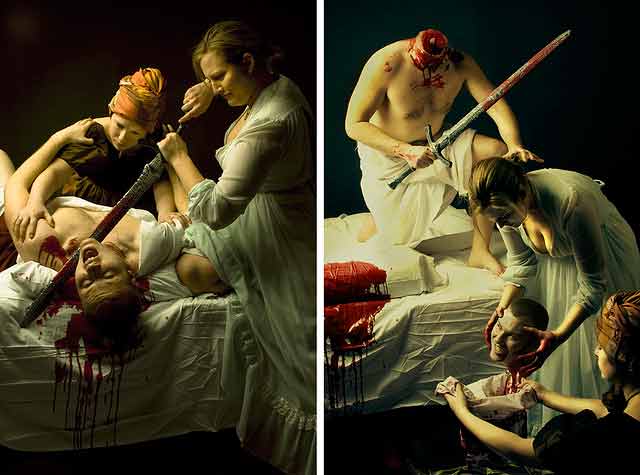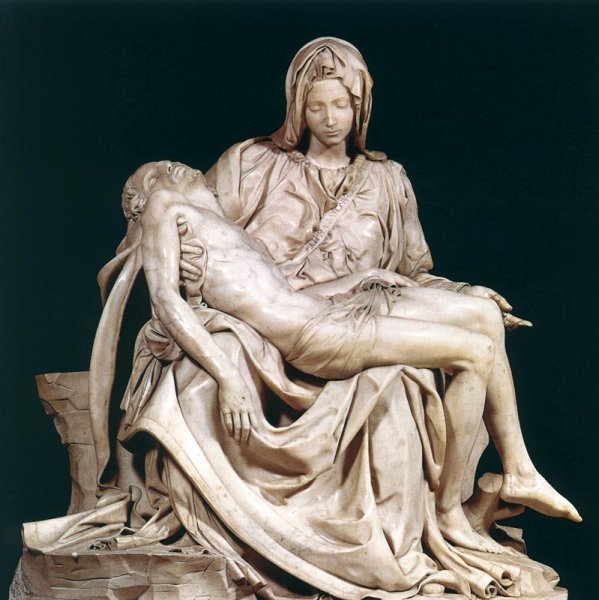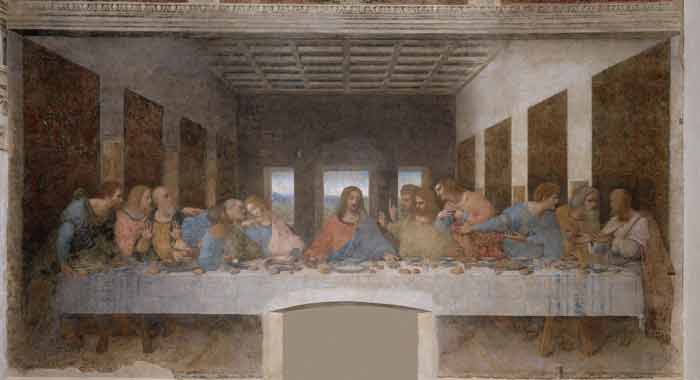On 31 Aug, 2012 With
Oil painting essential materials and techniques: Good Paints and Pigments Good Paints.—The three things on which the quality of good paint depends are good pigment, good vehicles, and good preparation. The pigments used are of mineral, chemical, and vegetable origin. The term pigment technically means the powdered substance which, when mixed with a vehicle, as oil, becomes oil paint. The most important pigments now used are artificial products, chiefly chemical compounds, including chemical preparations of natural mineral earths. As a rule, the colors made from earths may be classed as all permanent; those from chemicals, permanent or not, as the case may be; and those of vegetable origin fugitive, with few exceptions. Some colors are good when used as water colors, and bad…
Read More
On 5 Aug, 2011 With
Henri Fantin-Latour (14 January 1836 – 25 August 1904) was a French painter and lithographer best known for his flower paintings and group portraits of Parisian artists and writers. As a youth, he received drawing lessons from his father, who was an artist. In 1850 he entered the Ecole de Dessin, where he studied with Lecoq de Boisbaudran. After studying at the École des Beaux-Arts in Paris from 1854, he devoted much time to copying the works of the old masters in the Louvre. Although he befriended several of the young artists who would later be associated with Impressionism, including Whistler and Manet, Fantin’s own work remained conservative and classical in style. Whistler brought attention to Fantin in England, where his still-lifes sold so well that they were “practically unknown in France during his lifetime”. In addition to his realistic paintings, Fantin-Latour created imaginative lithographs inspired by…
Read More
On 14 Jul, 2011 With
Modern interpretation of Caravaggio’s “Judith Beheading Holofernes” Caravaggio’s Oil Painting Technique – Learn from the OLD MASTERS
Read More
On 11 Jul, 2011 With
Learn from the OLD MASTERS The Pietà (pl. same; Italian for pity) is a subject in Christian art depicting the Virgin Mary cradling the dead body of Jesus, most often found in sculpture. As such, it is a particular form of the Lamentation of Christ, a scene from the Passion of Christ found in cycles of the Life of Christ. When Christ and the Virgin are surrounded by other figures from the New Testament, the subject is strictly called a Lamentation in English, although Pietà is often used for this as well, and is the normal term in Italian
Read More
On 10 Jul, 2011 With
Learn from the OLD MASTERS The Ambassadors (1533) is a painting by Hans Holbein the Younger in the National Gallery, London. As well as being a double portrait, the painting contains a still life of several meticulously rendered objects, the meaning of which is the cause of much debate. It is also a much-cited example of anamorphosis in painting. The most notable and famous of Holbein’s symbols in the work, is the skewed skull which is placed in the bottom centre of the composition. The skull, rendered in anamorphic perspective, another invention of the Early Renaissance, is meant to be a visual puzzle as the viewer must approach the painting nearly from the side to see the form morph into…
Read More
On 7 Jul, 2011 With
What they learned from the OLD MASTERS? From Raphael. The Portrait of a Young Woman (also known as La fornarina) is a painting by the Italian High Renaissance master Raphael It is probable that the picture was in the painter’s studio at his death in 1520, and that it was modified and then sold by his assistant Giulio Romano. The woman is traditionally identified with the fornarina (bakeress) Margherita Luti, Raphael’s Roman mistress, though this has been questioned. The woman is pictured with an oriental style hat and bare breasts. She is making the gesture to cover her left breast, or to turn it with her hand, and is illuminated by a strong artificial light coming from the external. Her…
Read More
On 4 Jul, 2011 With
What Édouard Manet learned from the OLD MASTERS? Manet’s composition reveals his study of the old masters, as the disposition of the main figures is derived from Marcantonio Raimondi’s engraving The Judgement of Paris (c. 1515) after a drawing by Raphael. Scholars also cite two works as important precedents for Manet’s painting Le déjeuner sur l’herbe, The Pastoral Concert, 1508, by Giorgione or possibly Titian (in the Louvre) and Giorgione’s The Tempest, both of which are famous Renaissance paintings. The Tempest also features a fully dressed man and a nude woman in a rural setting, as an important precedent for Manet’s painting Le déjeuner sur l’herbe. The painting Pastoral Concert, even more closely resembles Le déjeuner sur l’herbe, featuring two…
Read More
On 22 Jun, 2011 With
Art inspired by Michelangelo
Read More
On 26 May, 2011 With
Fine Art Video Lessons Finally Available Online A brand-new video course about classical oil painting and drawing techniques has been launched by the Web Art Academy. The Academy (http://art.webartacademy.com) offers fine art video lessons that reveal, step-by-step, the full process of artwork creation. Art students can now learn by watching the fine artist in action. London UK. A brand-new website offering high-quality fine art instruction has just been launched. The Web Art Academy (http://art.webartacademy.com) reveals traditional oil painting and drawing techniques to fine art students through the use of high-definition video lessons. The Web Art Academy was created to give fine art students a thorough instruction in the almost lost secrets of traditional oil painting and drawing. Natalie Richy and…
Read More
On 12 May, 2011 With
Leonardo da Vinci’s Oil Painting Technique – How to paint like the Old Masters. The Last Supper (Italian: Il Cenacolo or L’Ultima Cena) is a 15th century mural painting in Milan created by Leonardo da Vinci for his patron Duke Ludovico Sforza and his duchess Beatrice d’Este. It represents the scene of The Last Supper from the final days of Jesus as narrated in the Gospel of John 13:21, when Jesus announces that one of his Twelve Apostles would betray him. Leonardo da Vinci’s Oil Painting Technique: Leonardo da Vinci painted The Last Supper on a dry wall rather than on wet plaster, so it is not a true fresco. Because a fresco cannot be modified as the artist works,…
Read More






